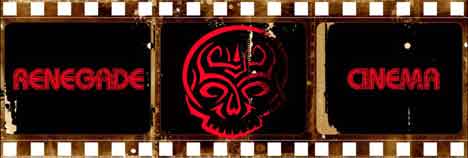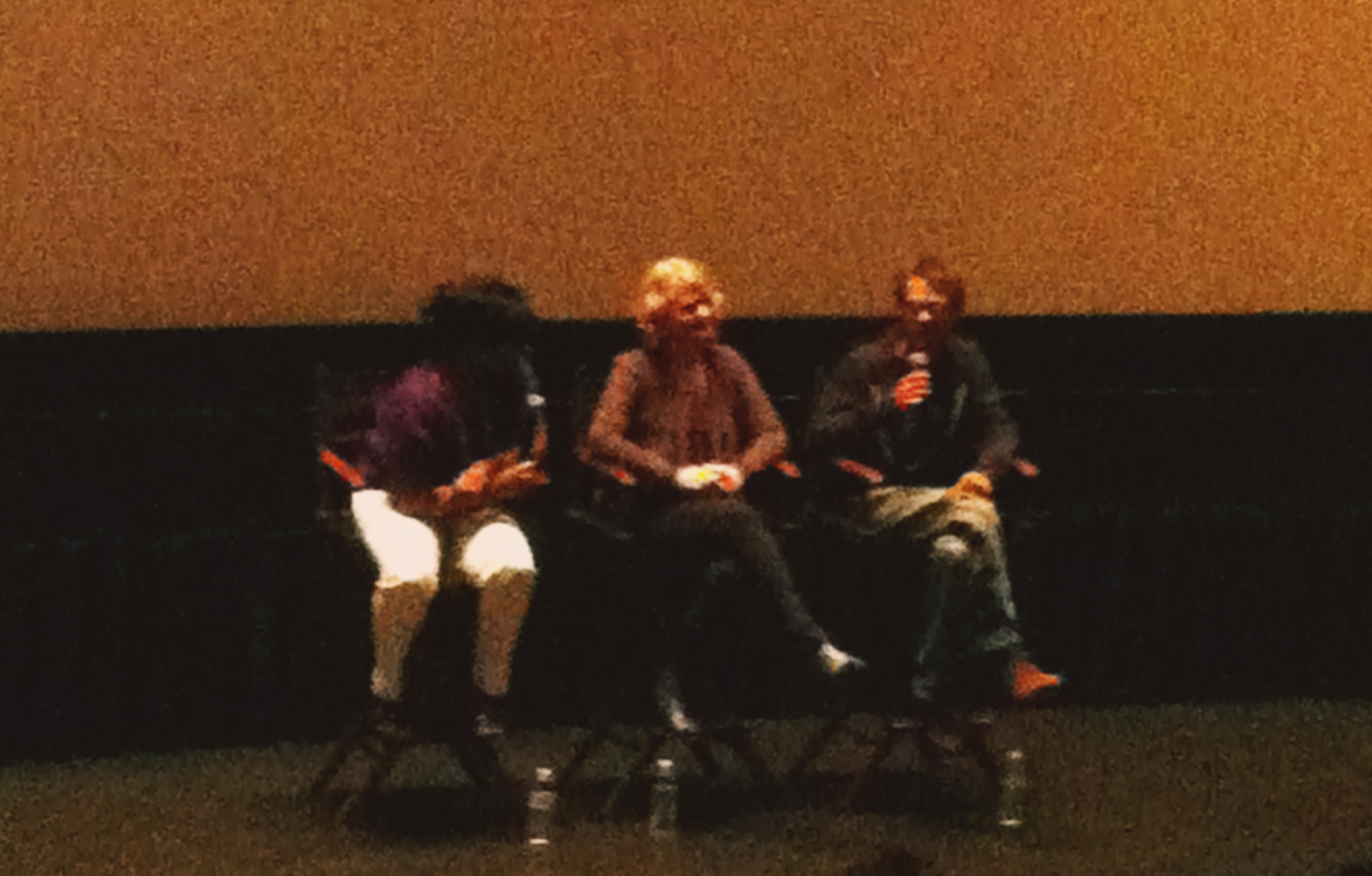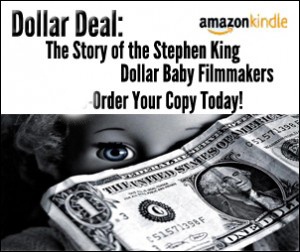After screening Richard Linklater’s incredible coming of age story Boyhood at the Phoenix Film Festival, Renegade Cinema joined in on an audience Q&A Session with producer Cathleen Sutherland and the film’s star Ellar Coltrane to find out all of the twelve year production’s most intriguing mysteries.
Phoenix Film Rep: I’ve got to ask the big question. You’ve had the same actors for twelve years. How do you keep everyone together?
Cathleen Sutherland: Everyone wanted to be there, but getting schedules together was like juggling kitty cats and chainsaws at the same time! One of the exceptional things about the film is that its great how no matter what you’re background is, there’s something you can relate to.
PFF: How do you keep everyone on the same page over 12 years? You shot for 49 days over 12 years. I have cousins I haven’t even seen that much!
CS: I think that is the anomaly that is Richard Linklater. There was a lot of collaboration in the film between Rick(Linklater) and the actors from their own childhoods. The film really has a lot to do with time and memories and how you feel about your own childhood and what it means to you. It even made me reexamine my own relationship with my daughters and my own feelings about motherhood. There’s this whole element of time as a character in the film. When you get to see somebody’s life flash before you in just under two and a half hours, its a really surreal and rewarding experience.
I’d like to let everyone know that we have a very special guest with us tonight. Would you welcome Ellar to the stage!
*Boyhood star Ellar Coltrane reveals himself to have been sitting in the audience throughout the screening and joins Cathleen on the stage*
PFF: What is it like watching yourself transform like that? We’ve seen kids like Harry Potter grow up on the big screen, but we REALLY got to see you grown up without all the magic tricks
Ellar Coltrane: I don’t know that I really can watch myself transform. It’s very surreal. It’s different watching the other actors. It was really interesting to watch the other actors change and the dynamics between the different actors. It’s like a series of images in a strange way.
Q: How much of this was ad-libbed vs how much of this was scripted?
EC: None of it was ad-libbed on camera. It was all written. Almost all of the dialog was based on my interaction with the entire cast. I think that’s why it feels like it could be very conversational.
Renegade Cinema: Was this script developed over the course of the last twelve years or was this something that Richard re-wrote over time?
CS: There wasn’t any re-writing because that would mean writing it in advance. There was a whole story he (Linklater) had and it was a synopsis and a complete outline for the twelve years. He wrote it each year before as we went along. There were some things we included that you couldn’t have have scripted that because you can’t write the future and you couldn’t know that the iphone was coming out. There’s a sort of fluidity to it. There was a little bit of an organic process as the story developed and got more defined. Rick always knew where the story was headed, but that doesn’t mean that he didn’t keep his mind open to things.
RC: As an actor, was there an image that Richard and you talked about in the younger years that you went back to every time you got together to help you stay in character?
EC: Not really in my mind. My image of what was definitely unfolded as it went on. The first couple of years I don’t have much memory of knowing anything that was going on. That process and image became more refined as it went on
Q: Was there a magical moment for you during the filming process that you can remember?
EC: It really is the final moment; that sunset out there. That was our final moment of filming as well as the final moment of the film. It was incredibly emotional on the day. What I feel watching it now is very much like what it felt like on that day. It’s very bittersweet to bring all of this to a close after so long. It’s kind’ve indescribable. I learned something very useful
RC: Kathleen, how did you keep such continuity? In terms of what they wore, where they live…something could have been torn down between filming. How did you manage to keep all that together?
CS: We were very fortunate and very cautious in how we picked certain locations. One of the houses we used was just a family that loved us enough to let us keep coming back. Another one of the houses was an actual friend from within the film industry who we knew would be on board with us. You always crossed your fingers and hoped for the best with how production details go. It was a big leap of faith to make this project and then go “this is all going to work out right?” It did, it really did.
RC: I like that this is a coming of age story where the character really comes of age. It’s kind’ve like living history on the screen.
CS: The film isn’t about big moments in your life. It’s really about the smaller things that connect you to your memories and growing up and what that meant to you. It’s not always the big moments that you remember. It can be the small moments that stay with you.
RC: Early on in the movie you had to have your hair cut. You looked like you didn’t enjoy that at all! Was that part of the script..was that something you were anticipating or was it sort of a surprise?
EC: I was actually very very happy about it. They asked me to grow my hair out so that they could cut it off. I was certainly anticipating it. I guess I’m just good at looking pissed off!
RC: Were there other things in your life besides the haircut that you had to do or not do?
EC: Not really. That was really the only thing and it was sort of a debacle. I called Rick before I pierced my ears and I probably would have asked if I’d gotten tattoos or something, but for the most part Rick made it pretty clear that wherever i went the character more or less followed. It wasn’t like I had to stay in character for twelve years.
Q: Did you have a set time frame for filming each year? Did you get together every June and shoot?
CS: No. We had 49 shoot days over the course of the twelve years . If you average it out is about four days a year which was not set in stone. Getting people together was kittens and chainsaws. It was always sort of sporadic to see what time of year that would fall into. There were a few times where we made the choice to shoot in the fall or the winter, but it wasn’t like we scheduled every June on the dot.
Q: How did you find Ellar for the project?
CS: Elar was pulled from a cast of children. There’s a long process in finding the perfect child. There was a quality about him that everyone fell in love with.
Q: Ellar, What was the most rewarding part of the experience?
EC: All of it really. Like I said, my investment in the project definitely deepened as we went on. I think the point I realized how meaningful it was to work on a project like this. That was the most powerful moment.
RC: Did Ellar have an emotional process he had to through to get back into character?
EC: It was a very long process and very gradual building up to the shoot. It wasn’t as much trying to figure out how to put myself in the character, but just kind’ve crafting and creating the emotions I was going to be emulating.
Q: Was this film a 12 year secret or did you go around telling people “In 10 years I’ve got this movie coming out!” How did that work?
CS: Did you talk about it a lot?
EC: I tried not to, but I wasn’t sworn to secrecy
CS: We were a little under the radar for a while. We tried to stay under the radar. We didn’t just want to toss ourselves out there. It was on the down low.
EC: When I was younger I wanted to tell people about it a lot, but as I got older I became a little more bashful. I would have these relationships with people for years and then I realized I’d never told them about the project.
CS: My own mother didn’t know I was the producer on this project…which has nothing to do with anything other than my mother.
Q: Your progression was flawlessly seamless! How did Richard get everyone on board to take the risk?
CS: We’re not really Hollywood. We all live in Austin, Texas. This was a local film done with local crew members. The idea was kind’ve crazy. Rick came up with this crazy idea and sometimes crazy works! He went to Ethan(Hawke) with it and Ethan was like “yeah that’s crazy! lets do this!” It wasn’t hard to get people on board with it because it’s a fascinating idea that’d never been done before.
Q: How did making the film change Ellar over the last twelve years?
EC: Very much in ways I don’t even understand yet. I thought a lot tonight about the parallels between how I changed the character and how the character changed me. It was an incredible experience that made me who I am.
RC: Did Mason’s life parallel your own life and family?
EC: Very little actually. I was homeschooled, I was an only child, my parents were married until I was ten, they were both artists. As the character got older there were more similarities, but it’s actually very very different. That’s part of what was so bizarre about filming it. Especially not going to school and having that type of peer group. It was like I was going to school and pretending that I was normal for a week.
RC: Have you seen the script for the sequel “Manhood” due out in the next few years?
EC: It’s written on napkins.
RC: Do you have a distributor; what are the next steps for the project?
CS: The film is being released in the US and internationally on July 11. Universal International is releasing it overseas and IFC is releasing it here.
RC: Thank you so much for coming today to share your movie with the Phoenix Film Festival!





